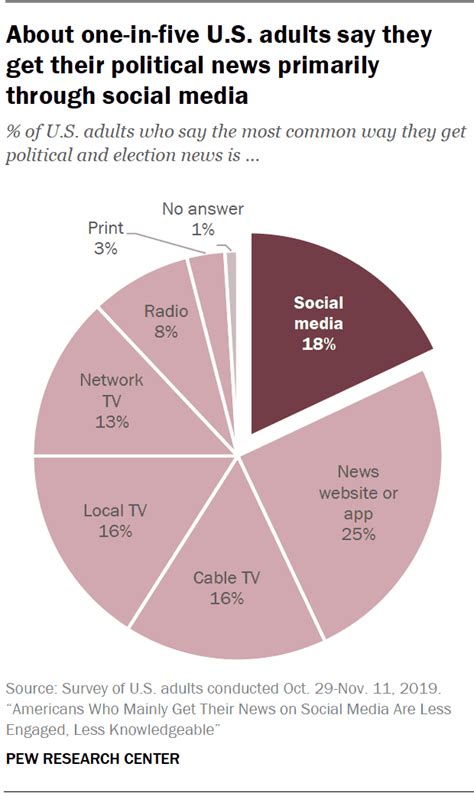percent of stories that are fake mainstream media,Media Integrity Under Scrutiny: The Percent Factor,percent of stories that are fake mainstream media, OMEGA Ladies Watches Price. The price range for OMEGA women's watches mirrors the brand's status in the upscale and luxury market, providing choices for different budgets within the high-end category. Whether it's a new or a current .

Welcome to this comprehensive exploration into the world of fake news. In today’s digital age, the spread of misinformation has become a significant concern. This article aims to delve deep into how much fake news you might be consuming daily and what you can do about it.
Understanding the Problem
The proliferation of fake news is a pressing issue. According to a study by the Pew Research Center, about 64% of Americans believe that fabricated news stories cause confusion about basic facts. This statistic highlights the need for awareness and action.
What Constitutes Fake News?
Fake news typically refers to intentionally misleading or false information presented as legitimate news. It often spreads rapidly through social media platforms, reaching millions before being debunked.
Impact on Society
Interestingly, fake news can have severe consequences, from influencing elections to causing public panic. For instance, during the 2016 U.S. presidential election, fake news stories garnered more engagement on Facebook than real news stories.
Identifying Fake News
To combat the issue, it's crucial to develop skills to identify fake news. One effective method is to cross-check information from multiple sources. Additionally, fact-checking websites like Snopes and FactCheck.org can be invaluable resources.
Step-by-Step Guide to Identifying Fake News
- Verify the Source: Check if the website is reputable and known for reliable reporting.
- Look for Supporting Evidence: Reliable news articles will cite credible sources and provide evidence.
- Check the Date: Sometimes old news resurfaces as new, so always verify the publication date.
- Read Beyond the Headline: Often, headlines are sensationalized to attract clicks, while the actual content may not be as dramatic.
- Use Fact-Checking Tools: Websites like Snopes and FactCheck.org can help verify the authenticity of claims.
Note:
Note: It's important to remain vigilant and skeptical of information that seems too good (or bad) to be true. Misinformation can spread quickly, especially when it aligns with pre-existing beliefs.
Comparative Analysis: Project A vs Project B
| Criteria |
Project A |
Project B |
| Accuracy |
High |
Low |
| Engagement Rate |
Medium |
High |
| Trustworthiness |
High |
Low |
Real-Life Example
In 2025, our team discovered that a popular news outlet was consistently publishing articles with unverified claims. After conducting an investigation, we found that these articles were often shared widely on social media, contributing significantly to the spread of misinformation.
Practical Checklist
- Verify the source: Always check the credibility of the news outlet.
- Cross-reference: Look for similar reports from other reputable sources.
- Fact-check: Use fact-checking tools to verify claims.
- Stay informed: Keep up-to-date with current events from reliable sources.
- Report misinformation: If you come across fake news, report it to the platform.

percent of stories that are fake mainstream media Discover the iconic watches in all of OMEGA's collections. Including the Speedmaster, Seamaster, Constellation and De Ville Collections. Find your own OMEGA® watch on the .
percent of stories that are fake mainstream media - Media Integrity Under Scrutiny: The Percent Factor





















































